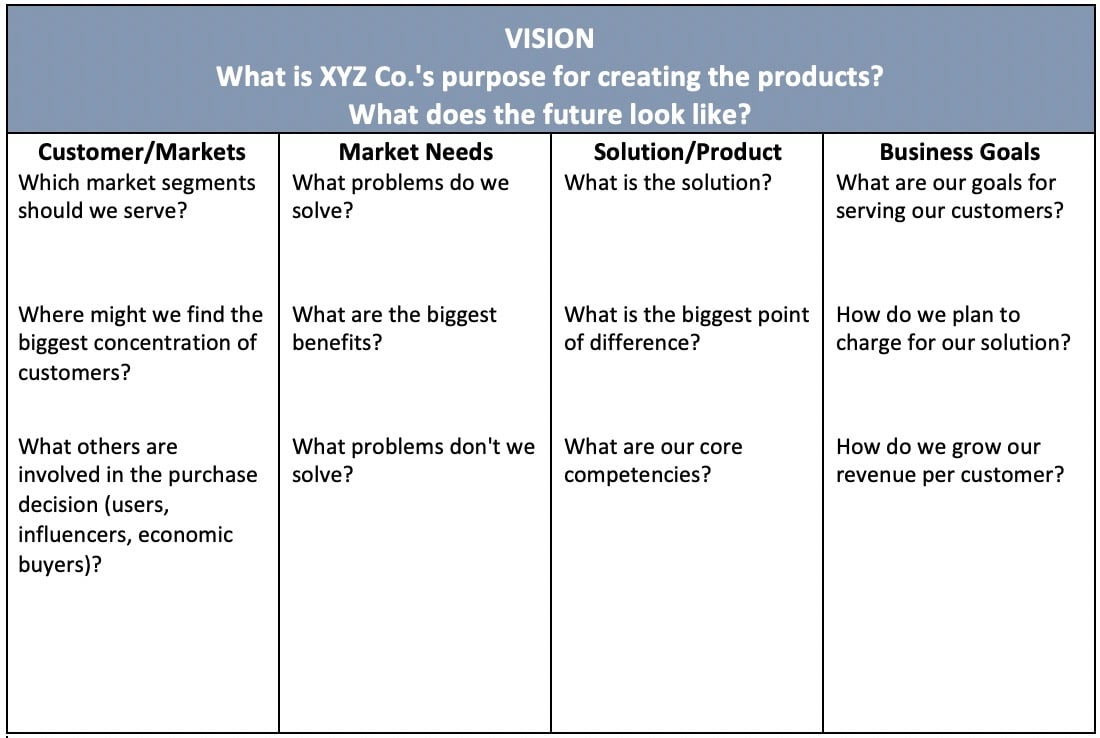Have you ever wondered how to create a great product vision? Let’s show you. Start with some examples to get your reference frame properly set. Then, look at some of the formats that might work best for you.
Amazon:
“Our vision is to be earth’s most customer-centric company, to build a place where people can find and discover anything they might want to buy online.”
Patagonia:
“Build the best product, cause no unnecessary harm, use business to inspire and implement solutions to the environmental crisis.”
Ikea:
“At Ikea, our vision is to create a better everyday life for the many people. Our business idea supports this vision by offering a wide range of well-designed, functional home furnishing products at prices so low that as many people as possible will be able to afford them.”
Product Vision Criteria
A good product vision is ambitious and will endure. It helps you with hiring the best team, correctly identify markets, customers and help you define your business while working as efficiently and practically as possible until the product reaches the market.
“If you are working on something exciting that you really care about, you don’t have to be pushed. The vision pulls you,” said Steve Jobs. Your vision should therefore motivate the organization – inspiring them beyond where they are today.
Include the unique set of benefits the product should create for your business without trying to go into too many details or be too specific. The risk is that the vision needs endless revision because you did not get it right the first time. Needless to say, the vision should be constantly evolving.
Product Vision Formats
The Regis Mckenna Format (long, but tried and true)
- For [target customer]
- Who [statement of need or opportunity]
- The [product name] is a [product category]
- That [statement of key benefit, a compelling reason to buy]
- Unlike [primary competitive alternative or approach]
- Our product [statement of primary differentiation]
An Agile User Story Format (too low level, and specific)
- As a [persona]
- I want to [solve a problem]
- So that [professional benefit statement].
- Plus [personal benefit statement]
The “Simile” Approach (handy for a specific product)
- It’s like
- [reference product in another category]
- for
- [new application]
Simile Examples
- “The Amazon Kindle Paperwhite: it’s like an iPod for books.”
- “Confluence: it’s like Sharepoint except you can find your info afterwards.”

